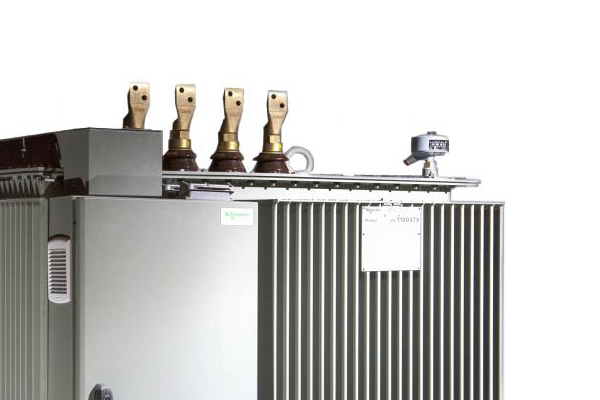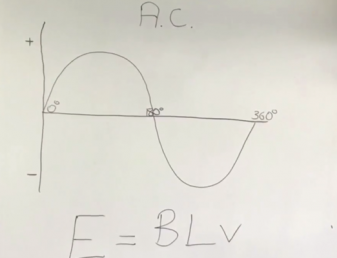This article serves as an introduction to transformers and the theory behind them.
What is a transformer?
A transformer is a device that increases or reduces the voltage of an alternating (AC) current.
What is the principle of Mutual Inductance?

A transformer works on the principle of Mutual Inductance. This is the principle that a change in the current of one coil on a conductor will affect the current and voltage of a second coil on the same conductor, even if the two coils are not touching. The first coil (or primary winding) is connected to the supply, while the second coil (or secondary winding) is connected to the load. There is no electrical connection between the primary and secondary windings, meaning the transformer provides electrical isolation.
What is Transformation ratio?
By altering the turns ratio of the secondary winding compared to the primary one, the output voltage can be changed. Eg:

The relationships between the primary and secondary voltages, currents and turns are summarised by the Transformation Ratio of the transformer.
Vp / Vs = Np / Ns = Is / Ip
What types of transformer are there?
Practical transformers
Transformers come in a range of sizes from miniature, for small electronics, through to large substation sized ones. Transformers produce heat from core losses (eddy current and hysteresis) and copper loss (power loss in windings) and therefore must be cooled. Smaller types are normally air cooled, whether with national air (AN) or forced air (AF). Larger transformers use oil as the coolant as it can also act as an insulator. Air circulates the oil to cool it and the oil cools the transformers. These transformers can either be oil natural, air natural (ONAN) or oil natural forced air (ONAF).
Site transformers
To reduce the risk of electric shocks happening on site, portable tools are 110V, 50Hz fed from step down transformers which had a 110V secondary centre tapped to earth. This gives 55V between the two secondary conductors and any exposed metal work, making it extra safe.
Separated extra-low voltage (SELV)
A simple way of improving the safety of an electrical system is to reduce the operating voltage and ensure that there is isolation from any higher voltages. A transformer with a low output voltage which is isolated from the supply and earth does this and is known as an SELV.
Auto transformers
All transformers we’ve discussed so far are double wound transformers providing the additional benefit of electrical isolation because there is no connection between the primary and secondary windings. An auto transformer offers all the features of a double wound transformer without the electrical isolation. This limits its use because of the reduced safety benefits, but these kinds of transformers are considerably cheaper. They can be used for motor starters or discharge lighting but aren’t used for general applications.
Instrument transformers
Ammeters are connected in series and voltmeters in parallel. Where the voltages and currents to be measured are high, instrument transformers are used to reduce both the voltage and current to a safe level.
Voltage transformers
There are no major differences between a voltage transformer (V/T or P/T) and a step-down transformer, other than the materials used are low loss. The standard secondary voltage for a V/T is 110V.
Current transformers (C/T)
There are two types of current transformer (C/T), wound primary and bar primary. The typical secondary current of a C/T is 5A. Wound primary C/Ts are used for low current applications, while bar primary C/Ts are used for high current applications. C/Ts are also used in current sensing systems, such as overloads.
Where it is not possible to isolate a C/T in order to remove the ammeter, the secondary of the C/T must be short-circuited before the ammeter is removed and the short left in place while the ammeter is out of the circuit (ammeters have very low resistance).
A clamp meter or clip-on ammeter is a good practical example of a C/T.






